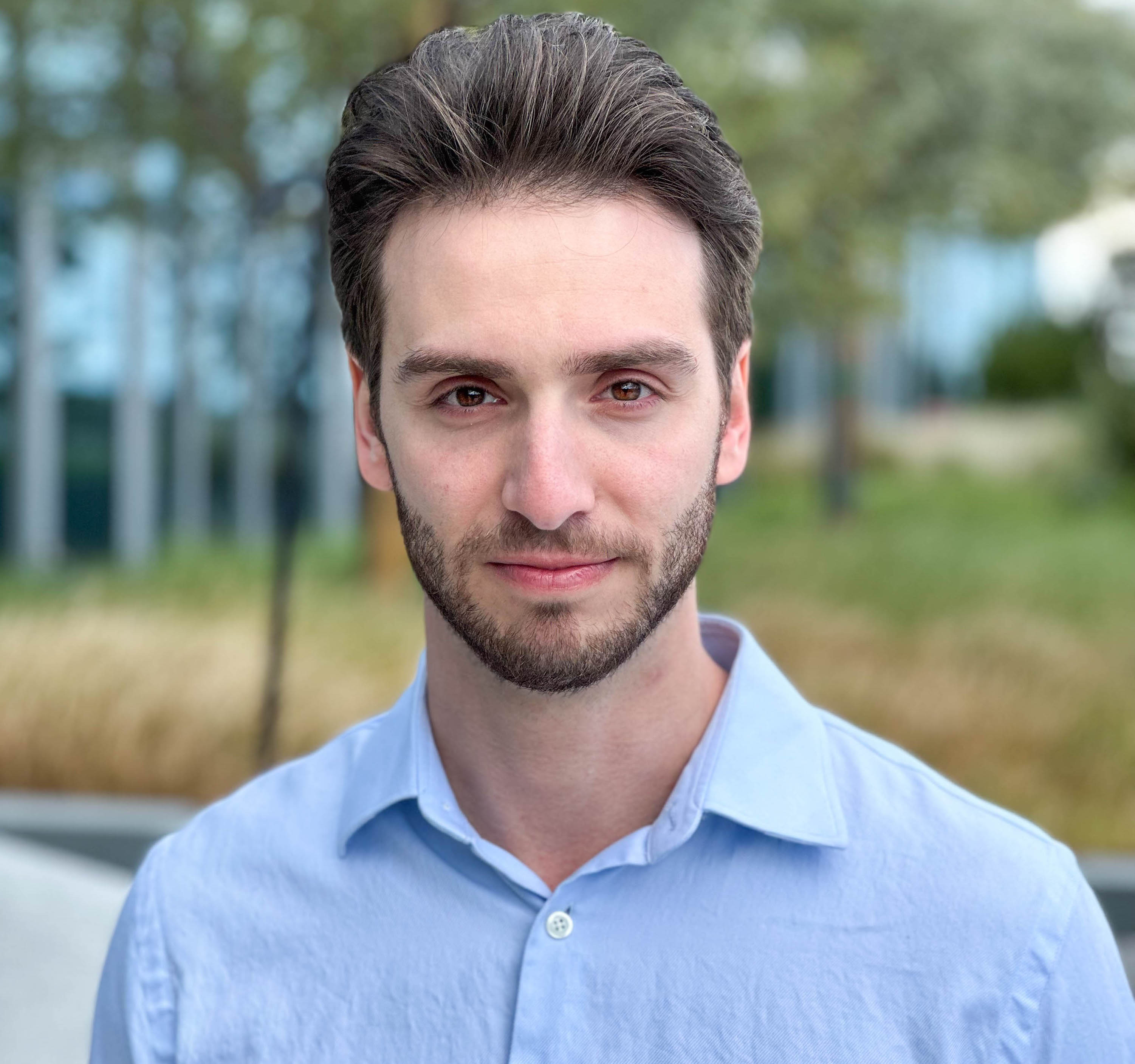

Michael Rubloff
Jan 2, 2023
On December 31, 2022, NVIDIA AI announced the premiere of its Instant NeRF Art Gallery on Twitter.
The technology behind the Instant NeRF gallery is based on NVIDIA's Instant-Neural Radiance Fields (NeRF) technology, which was first introduced in 2022 and quickly became a popular choice for creating photorealistic 3D scenes. NeRF works by using a neural network to understand the radiance characteristics of a given view, and then uses that information to generate a high-quality 3D representation of the scene. The process traditionally took a significant amount of time, until Instant-NeRF was unveiled.
NVIDIA AI chose to highlight Franc Lucent, Hugues Bruyère, Karen X Cheng and James Perlman, and Johnathan Stephens (of Time Magazine Fame).
Instant-NeRF changes all of that, allowing users to generate 3D images in just a few seconds. To do this, NVIDIA AI has developed a neural network architecture that is specifically designed to handle the large amounts of data required to generate high-quality 3D images. This new architecture is able to process the data much faster than previous systems, allowing the Instant NeRF gallery to generate 3D images in a sharply reduced time frame.
Now a new generation of artists and creatives have taken the technology into their own hands to document their lives, moments, and explore a new medium. The Instant NeRF gallery is the first NeRF specific art gallery to exist. What inspiration comes forward in 2023 remains to be seen, but it is widely speculated that NVIDIA AI is already working on expanding the capabilities of the Instant NeRF and it is possible that we will see even more exciting developments from the company in the near future with CES beginning tomorrow.
View the gallery here!







